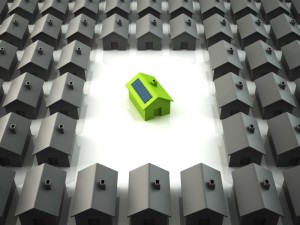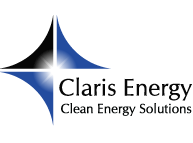 The green building tax deduction is just one of the stimuli available for investment in such residential and commercial projects. One question has to be answered, however – what kinds of buildings can qualify as green and energy efficient?
The green building tax deduction is just one of the stimuli available for investment in such residential and commercial projects. One question has to be answered, however – what kinds of buildings can qualify as green and energy efficient?
Tax incentives are available for several kinds of constructions like residential dwellings, offices, warehouses, industrial constructions and even dormitory buildings. All of them, however, have to correspond to several requirements. A building should be independently certified before it qualifies for a green building tax deduction.
Residential Green Buildings
A residential building that is constructed with energy efficiency in mind or an old building that has been retrofitted can qualify for a green building tax deduction.
Residential buildings can meet the energy efficiency requirements through improvements in the envelope (insulation), energy efficient heating and cooling equipment, as well as through adherence to the International Energy Conservation Code construction standards.
All of these improvements should make the residential building 50% more energy efficient than a residential building located in the same climate and having a comparable size. This is when a building can be considered green. The certification process involves independent third parties. They perform an audit and if the energy efficiency of the residential building is sufficient, it would become certified.
All green residential buildings that meet these requirements will qualify for an incentive totaling 2000 dollars per unit. The incentive will come in the form of a tax credit.
Commercial Green Buildings
The requirements for commercial green buildings are similar to the ones for residential units. These constructions will once again have to accomplish an energy efficiency level that surpasses the one of a comparable building.
In order to be considered green, commercial buildings will need energy efficient envelopes, lighting that conserves energy and HVAC systems that have a particular level of energy saving. All three of these elements need to be present for the building to be considered green and qualifying for a green building tax deduction.
There are different kinds of projects that can be executed to turn a standard commercial building into a green one. Isolation, efficient air conditioning systems, energy efficient light bulb usage and even natural ventilation can be used to boost the energy efficiency of the building.
Once again, a commercial building will need to have energy savings of 50 percent in comparison to a similar unit. Independent certification will be needed for the particular building to be considered a green one.
The benefits of energy efficient improvements are obvious. Such buildings can save a lot of money that will otherwise be used on heating, cooling and light. The green building tax deduction is just one stimulus for the execution of such projects. Currently, tax incentives are available for commercial and residential projects executed until the end of 2014. The serious industry lobby and the growing importance of energy conservation will probably contribute to the further extension or the provision of new incentives in the years to come.
Steve Nanos
Latest posts by Steve Nanos (see all)
- LED Lighting – A Great EPAct 179D Qualification Possibility - February 3, 2015
- 45L Credit Requirements for Begun Constructions - January 29, 2015
- Can Section 179D Incentives Help Businesses Save a Lot of Money? - January 27, 2015

 609.275.8484
609.275.8484